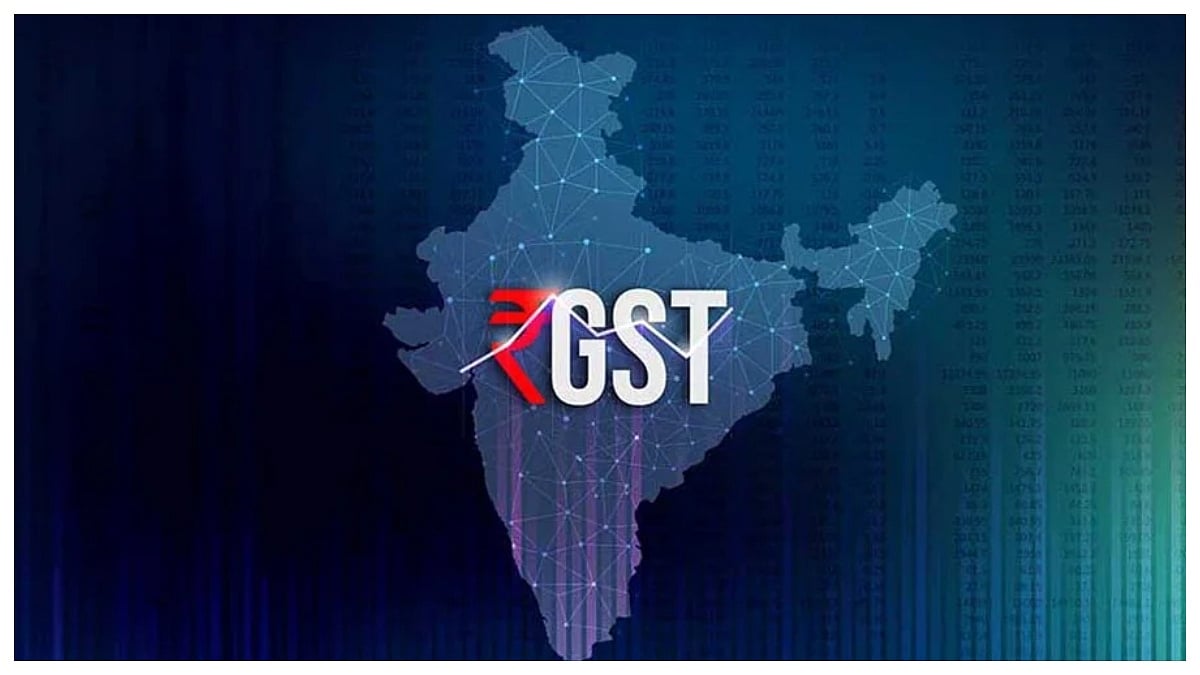New Delhi: The recent GST reforms offer targeted relief to Uttar Pradesh’s diverse economy, which includes GI-registered carpets, brassware, Zardozi, footwear, ceramics, sports goods, and cement sectors. According to an official statement issued on Thursday, the lower tax rates are expected to improve affordability for households, ease working-capital pressures on artisans, and strengthen the competitiveness of MSMEs in both domestic and global markets.
Products like Bhadohi carpets, Moradabad brassware, and Saharanpur woodcraft are anticipated to become 6–7 per cent cheaper. This reduction is set to boost exports and sustain millions of artisan jobs. The Bhadohi–Mirzapur–Jaunpur region, one of India’s largest hand-knotted and handwoven carpet clusters, will benefit significantly. With the GST rate cut from 12 per cent to 5 per cent, handmade carpets are expected to become more affordable, improving market accessibility domestically while strengthening export competitiveness.
Additionally, this will ease the working-capital pressures faced by family looms and SMEs that dominate this cluster. Similarly, leather and footwear clusters in the Kanpur–Agra belt, which employ approximately 1.5 million workers, will gain from the GST rate cut. The lower rates are expected to enhance MSMEs’ competitiveness and drive higher exports.
Clusters specializing in Firozabad glassware, Khurja ceramics, and Gorakhpur terracotta will also benefit, with reduced costs supporting fragile units and festival demand as prices fall due to GST reduction.
Lucknow’s Zardozi craft, a GI-registered and ODOP-promoted product, employs around 150,000 to 200,000 artisans, with women forming a significant portion of the workforce in small-scale and cottage industries. The craft enjoys strong domestic demand during weddings and festivals, along with exports to the Middle East, Europe, and the USA. The GST rate cut is expected to give this sector a substantial boost.
Agra’s famed marble inlay craft (Parchinkari), preserved by artisan families in Agra, Firozabad, and Mathura, supports between 5,000 and 20,000 workers including carvers, polishers, and inlay artists. This craft, closely linked to tourism and décor markets, benefits from additional sales through online gifting and niche exports to Europe and the Gulf. A GI application for Agra Parchinkari is currently under review, with the craft globally recognized for its association with the Taj Mahal’s heritage.
The reduction of GST from 12 per cent to 5 per cent is expected to make stone handicrafts more affordable for tourists and domestic buyers, boosting sales and alleviating cost pressures on small workshops.
The GST 2.0 reforms will also benefit cottage-based and family-run embroidery units that dominate Uttar Pradesh’s embroidery sector. Nearly 250,000 to 300,000 artisans are engaged across Lucknow, Varanasi, and Bareilly, according to NIFT and MSME reports. Women constitute a large share of this workforce, especially in semi-urban and rural households. Both Lucknow Chikan Craft and Varanasi Zardozi Work are GI-registered and recognized ODOP products receiving special promotional support.
Furthermore, the GST reforms will provide a boost to Uttar Pradesh’s wooden toy and craft sector, sustained primarily by family artisans working from home. The clusters in Varanasi and Chitrakoot employ around 15,000 to 25,000 artisans, with Saharanpur home to thousands more engaged in woodworking and carving. Rampur is also part of this traditional craft network.
These wooden toy and craft clusters serve strong domestic demand through fairs, religious toys, and décor, with modest exports reaching Europe and the Gulf. With the GST rate reduction from 12 per cent to 5 per cent, toys and small crafts are expected to become cheaper, enhancing affordability locally and helping artisans compete against machine-made plastic products.
The reforms will also benefit the state’s sports goods clusters located in Meerut and Modinagar, employing 30,000 to 35,000 workers in small units, MSMEs, and larger factories. This sector produces cricket and hockey equipment for a domestic market valued at around Rs 250 crore, alongside exports to the UK, Australia, Africa, and the Middle East. Supported under ODOP initiatives with marketing and MSME assistance, the reduction in GST from 12 per cent to 5 per cent is expected to boost demand domestically, enhance export competitiveness, and support employment stability across enterprises.
Finally, the GST reduction from 28 per cent to 18 per cent is set to stimulate growth in Uttar Pradesh’s cement industry. This sector, spread across Mathura, Chunar (Mirzapur), Firozabad, and Aligarh, is dominated by large-scale industrial plants employing 15,000 to 20,000 direct workers and another 10,000 in transport, raw material supply, and construction-related services. Located in limestone-rich areas, these clusters benefit from efficient supply chains.
The domestic cement market is driven by housing, infrastructure, and construction demand, with limited clinker exports to Nepal and Bangladesh. The GST rate cut will make cement more affordable, lower construction costs for developers and households, improve competitiveness against imports, and encourage expansion of industrial plants and logistics services.
Disclaimer: This story is from the syndicated feed. Nothing has changed except the headline.



